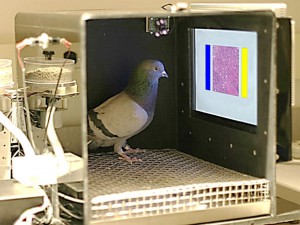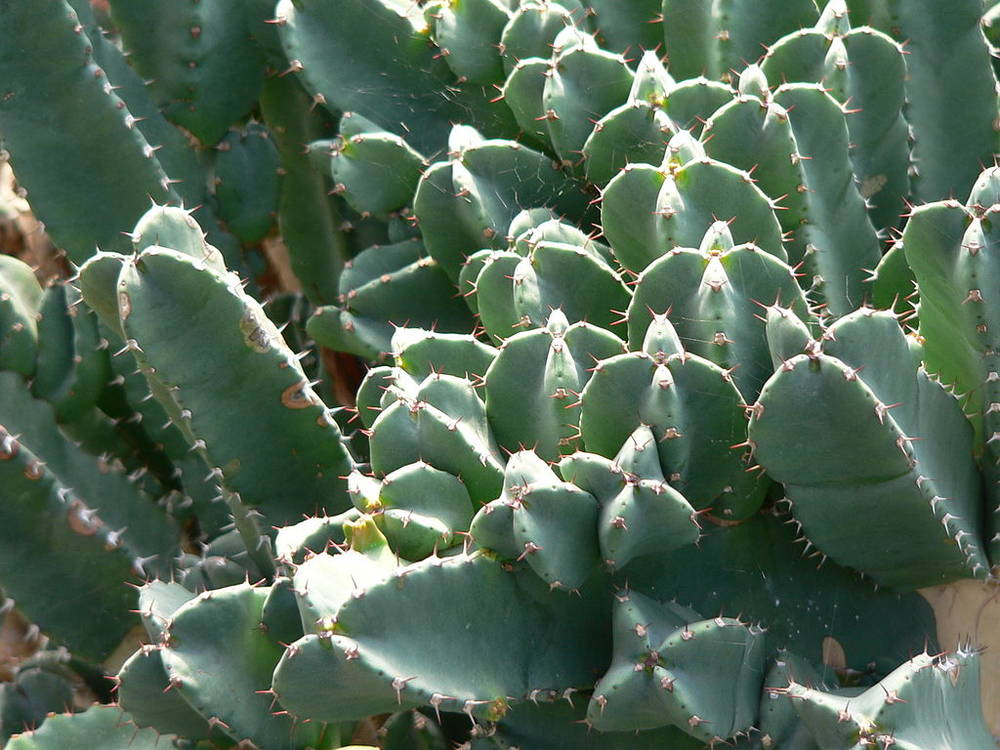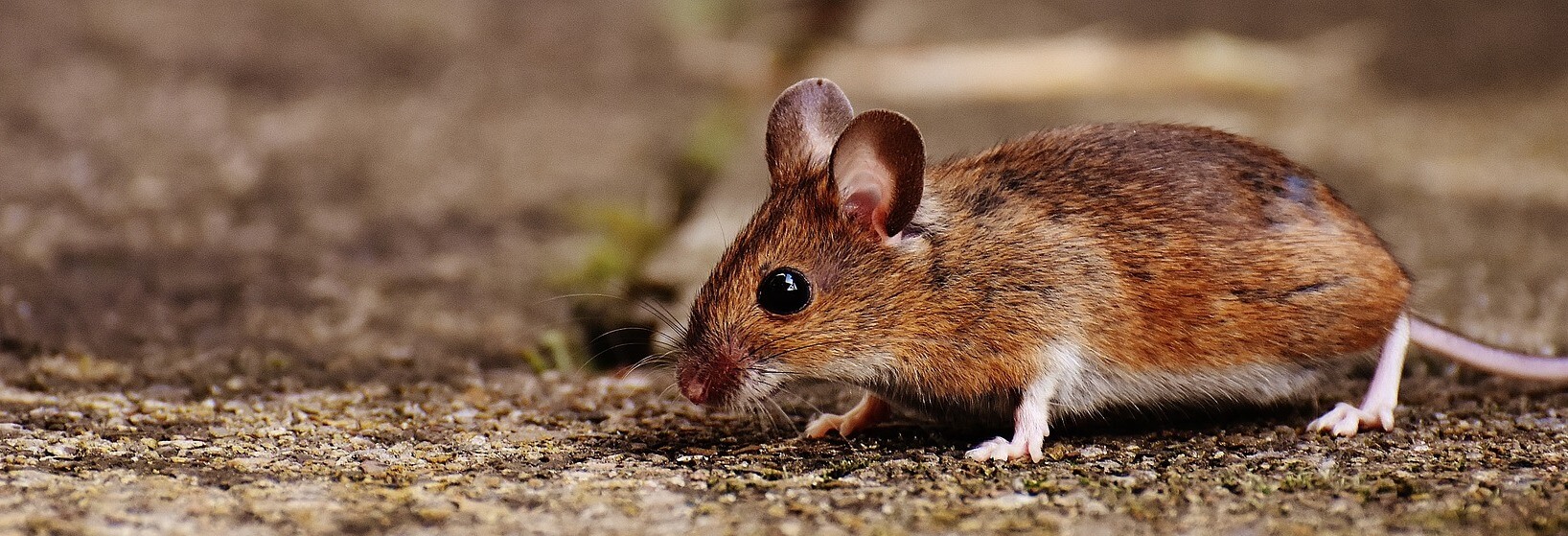Pigeons are many things to many people – navigators, couriers, rats with wings – but the word “doctors” rarely comes to mind.
A recent study published in Plos One, however, tested their medical prowess by placing the keen-eyed birds in front of a touchscreen monitor that showed images of breast tissue. If the pigeon correctly identified the sample as malignant or benign, as communicated by a peck on the screen, it was rewarded with bird seed. After several days of training, pigeons could accurately characterize over 80% of biopsy images in a variety of different experiments. Interestingly, mammograms proved much more challenging. Pigeons had no trouble detecting breast masses, but they struggled to recognize if those masses were dangerous or harmless, a task that continues to perplex many doctors.

A pigeon being trained to screen images of benign and malignant breast tissue. University of Iowa/Wassermann/PA
Human radiologists and pathologists shouldn’t worry about their job security, but the biology underlying pigeon pattern recognition could be a fruitful area of future research. We now know that pigeons can analyze detailed images, but how they do so remains an important, unsolved mystery. Computers, by contrast, are surprisingly terrible at these kinds of pattern recognition tasks. For example, CAPTCHA images are specifically designed to be clear to humans, but obscure to computers. Understanding how brains see patterns in data, therefore, could lead to improved diagnostic tools, facial recognition software, and other algorithm-based systems. These insights could also better inform the biology of psychiatric diseases, like schizophrenia, in which patients detect patterns that don’t exist. Pigeons may be a scourge on modern urban society, but don’t let them hear you say that; they may save your life one day.
By Gerry C., PhD student, Harvard University
Acknowledgments: Many thanks to Dr. Katherine Rogers, a postdoctoral fellow at the Max Planck Institute, for providing her expertise and commentary on the topic.
Original article published by Science in the News, Harvard University










